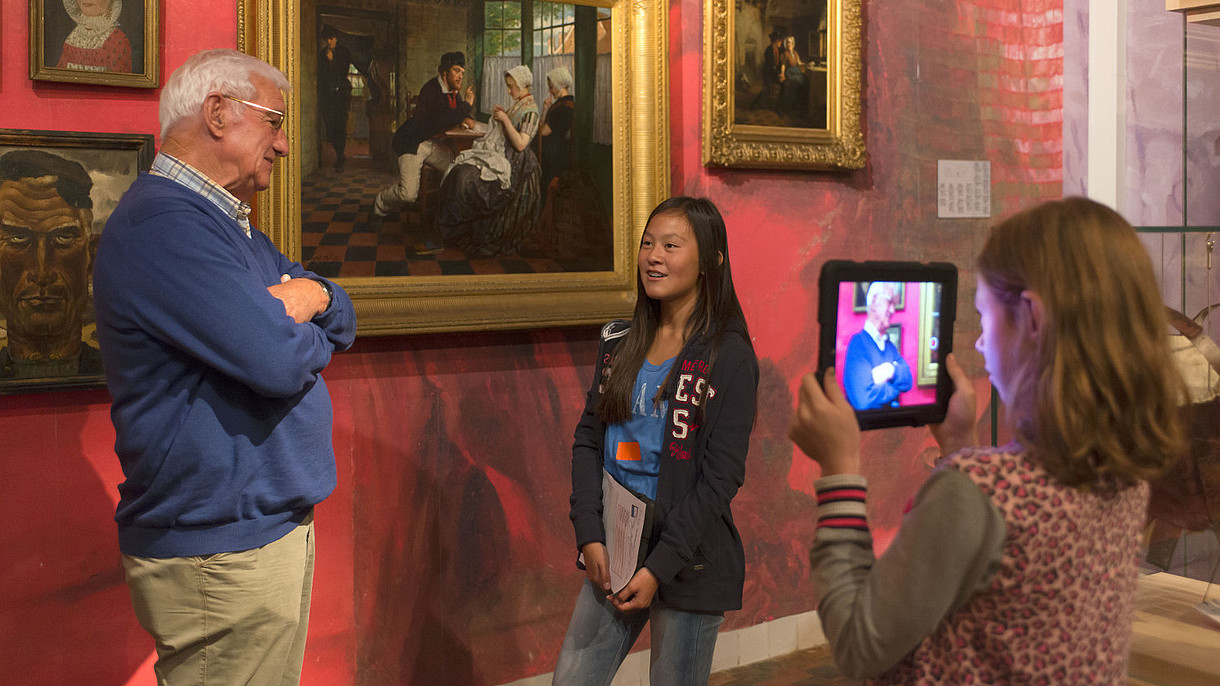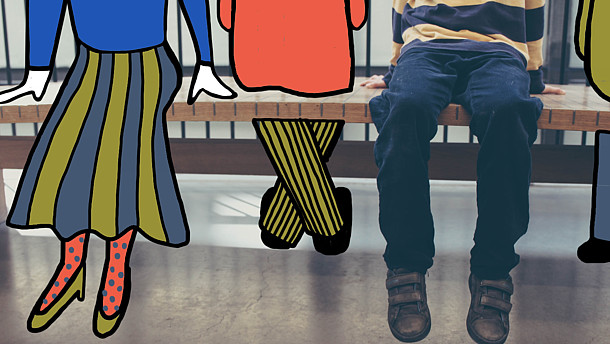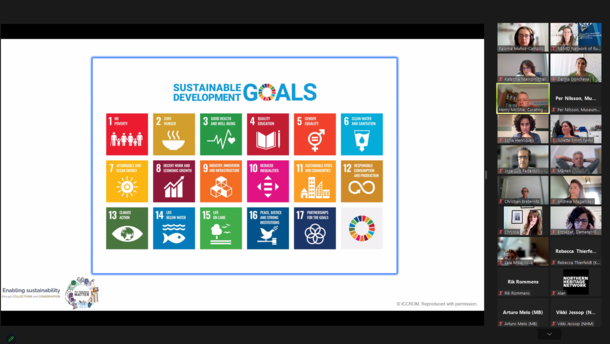Have a look at the recording of the NEMO Webinar below to learn how MEMEX promotes social cohesion through collaborative, heritage-ICT (Information and Communications Technology)-related tools that provide access to tangible and intangible cultural heritage (CH) and facilitate encounters, discussions, and interactions between communities at risk of sociocultural exclusion. The speakers included Corinne Szteinsznaider (Michael Culture Association), Alessio Del Bue (Italian Institute of Technology of Genoa), Cristina Da Milano (ECCOM), Fran Gracia Badiola (Interarts) and Ivo Oosterbeek (Mapa das Ideias).
MEMEX is an example of how cultural heritage and its re-interpretation and reuse through digital storytelling is a key medium in shaping a more inclusive society and creating inclusive audience development strategies. Webinar participants were introduced to the audience & mobilization engagement strategy and digital storytelling that have been developed by the project. Strategic similarities and differences are showcased with learnings from three project pilots in Paris (France), Lisbon (Portugal) and Barcelona (Spain).
The pilots did not only allow the participants to gain new skills about digital storytelling, MEMEX was also able to test its app and develop it further. The speakers shared insights into the challenges that they experienced during the pilots, such as difficulties with using the technology and drop-outs of participants. They also shared achievements such as that the participants felt heard and that they felt more connected to the city/ area where the pilot took place. Participants were also pleased that they were able to increase their digital skills.





